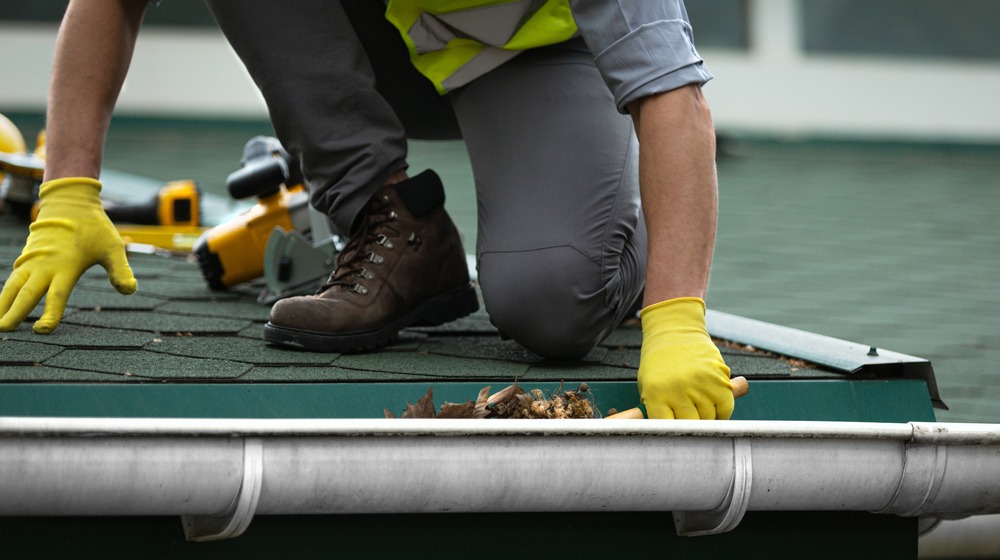Summer storms can bring heavy rain, strong winds, and debris that put your gutters to the test. Damaged gutters can lead to water buildup, foundation issues, and even roof damage. Here’s how to assess and address gutter damage to keep your home protected.
Inspect for Damage
After a storm, check your gutters for visible signs of damage, such as cracks, sagging sections, or detached pieces. Also, look for clogs caused by leaves and debris, which can lead to overflow issues.
Repair Minor Issues
For small cracks or leaks, apply a waterproof sealant to reinforce the affected areas. If a section has pulled away from the fascia, tighten the fasteners or replace any missing screws or brackets.
Replace Severely Damaged Sections
If large portions of your gutter system are bent, rusted, or beyond repair, it’s best to replace them. Choose durable materials like aluminum or seamless gutters for long-term performance and fewer leaks.
Ensure Proper Drainage
Downspouts should direct water at least five feet away from your home’s foundation. If your gutters aren’t draining properly, consider installing extensions or regrading the landscape to improve runoff.
Schedule Professional Maintenance
If the damage is extensive, calling a professional can ensure safe and proper repairs. Gutter experts can also assess if a full replacement is needed and suggest improvements like gutter guards to prevent future clogs.
Storm-damaged gutters aren’t just a cosmetic issue—they’re a threat to your home’s structure. By inspecting them after every storm, handling minor fixes promptly, and replacing parts that are beyond repair, you can keep your drainage system working as it should. Stay proactive, and your gutters will keep protecting your home through whatever the season throws at them.


